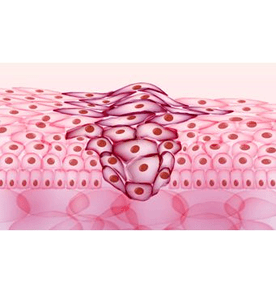PHYTOCHEMICAL PROFILE WITH ANTI-TUMOR ACTIVITY ESTIMATION OF CRUDE EXTRACT, ESSENTIAL OIL AND D-LIMONENE FROM CITRUS AURANTIUM L. AGAINST EHRLICH CARCINOMA
Keywords:
cancer, Citrus aurantium L., D-limonene, Ehrlich carcinoma, Rutaceae, spectrometryAbstract
Objective: Plant based drugs have been a solution in the search for more cost-effective and less harmful drugs for the treatment of neoplasia. Citrus aurantium L. (Rutaceae) is abundant in Brazil and D-limonene, a monoterpene used in the prevention and treatment of neoplasia, was identified as a major compound in the oil of this specie. Objective of current study includes estimation of anti-tumor activity of Citrus aurantium L. (Rutaceae) (crude extract, essential oil and D-limonene) against Ehrlich carcinoma, as well as their phytochemical evaluation (D-limonene and essential oil).
Methods: There was a randomized non-clinical trial in which were used adult male mice (Balb-C). Four groups of animals were used having 6 numbers of animal in each group. All groups were inoculated with the Ehrlich tumor and then received the treatment (control, crude extract, essential oil and D-limonene) by oral route daily (28 day treatment). Essential oil was obtained by hydro-distillation and analyzed by the means of GC (Gas Chromatography) that was attached to mass spectrometry. In last of the observations hemogram was obtained.
Results: Animals treated with the essential oil has shown no significant difference compared to the group treated with D-limonene. The group treated with crude extract had a growth inhibition close to the essential oil and D-limonene groups.
Conclusion: It´s concluded that the essential oil and the crude extract of Citrus aurantium, L. (Rutaceae) can become therapeutic agents because of their anti-tumor activity with no toxicity to the blood cells and have low cost of production. Further studies are necessary, so they can be used in the treatment of neoplasia in humans. The chromatographic and spectrometric analyzes indicated the presence of other components in smaller amounts in the essential oil, which suggests that they could have a synergic activity to the D-limonene.

Peer Review History:
Received 8 April 2020; Revised 11 May; Accepted 22 June; Available online 15 July 2020
Academic Editor: Dr. Muhammad Zahid Iqbal , AIMST University, Malaysia, drmmziqbal@gmail.com
, AIMST University, Malaysia, drmmziqbal@gmail.com
Reviewer(s) detail:
Ahmad Najib , Universitas Muslim Indonesia, Makassar, Indonesia, ahmad.najib@umi.ac.id
, Universitas Muslim Indonesia, Makassar, Indonesia, ahmad.najib@umi.ac.id
Dr. Mohamed Said Fathy Al-Refaey , University of Sadat City, Menofia, Egypt, mido_ph212@yahoo.com
, University of Sadat City, Menofia, Egypt, mido_ph212@yahoo.com
Downloads

Published
How to Cite
Issue
Section

This work is licensed under a Creative Commons Attribution-NonCommercial 4.0 International License.









 .
.